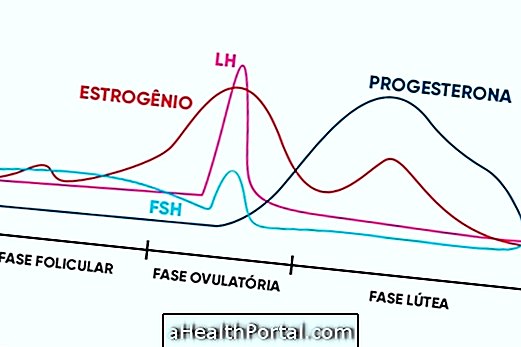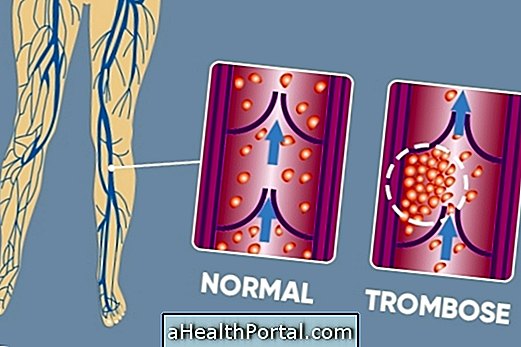Blurred or blurred vision is a relatively common symptom, especially in people who have a vision problem, such as myopia or hyperopia, for example. In these cases, it usually indicates that it may be necessary to correct the degree of the glasses and therefore it is important to make an appointment with the ophthalmologist.
However, when blurred vision suddenly appears, although it may also be a first sign that a vision problem is emerging, it can also be a symptom of other more serious problems such as conjunctivitis, cataracts or even diabetes.
Also check out the 7 most common vision problems and what their symptoms are.

1. Myopia or hyperopia
Myopia and hyperopia are two of the most common eye problems. Myopia occurs when the person can not see correctly from a distance, and farsightedness happens when it is difficult to see closely. Associated with blurred vision, other symptoms usually also appear, such as constant headache, easy tiredness, and frequent eyebrows.
Understand better how to identify a case of myopia or farsightedness.
- What to do : You should see an ophthalmologist for a vision exam and understand the problem by starting treatment, which usually includes wearing glasses, contact lenses, or surgery.
2. Presbyopia
Presbyopia is another quite common problem, especially in people over 40 years old, characterized as the difficulty to focus on objects or texts that are close. Typically, people with this problem need to hold magazines and books out of their eyes in order to focus the letters well.
- What to do : Presbyopia can be confirmed by an ophthalmologist and is usually corrected with the use of prescription glasses to read. See the symptoms that help confirm presbyopia.
3. Conjunctivitis
Another situation that can lead to the appearance of blurred vision is conjunctivitis. This is a relatively common eye infection caused by influenza virus, bacteria or fungi, which can be passed easily from one person to another. Other symptoms of conjunctivitis include redness of the eyes, itching, sand feeling in the eye or the presence of plaits, for example.
- What to do : It is necessary to identify if the infection is being caused by bacteria because it may be necessary to use an antibiotic eye drops or ointment, such as Tobramycin or Ciprofloxacin. Therefore, consult your ophthalmologist to know the best treatment. See a list of the major types of conjunctivitis.

4. Diabetes
Blurred vision may be a complication of diabetes called retinopathy, which occurs due to the degradation of the retina, blood vessels and nerves. This usually only happens in people who do not properly treat the disease and therefore, sugar levels are constantly high in the blood. If diabetes remains uncontrolled, there may even be a risk of blindness. Understand why diabetes can cause blindness.
- What to do : If you have already been diagnosed with diabetes, you should eat properly by avoiding sugary and processed foods, as well as taking the medication prescribed by your doctor. However, if you have not yet been diagnosed with diabetes, but there are other symptoms such as frequent urination or excessive thirst, you should consult a general practitioner or endocrinologist. Here's how to treat diabetes.
5. High pressure
Although it is less frequent, high blood pressure can also result in blurred vision. This is because as with cases of stroke or heart attack, high blood pressure can also lead to clogging of vessels in the eye, affecting vision. Generally, this problem does not cause any kind of pain, but it is common for the person to wake up to blurry vision, especially in one eye only.
- What to do : If there is suspicion that blurred vision is being caused by high blood pressure, you should go to the hospital or see a general practitioner. Often, this problem can be treated with the proper use of aspirin or other medicine that helps make the blood more fluid. Check out 5 tips to control high blood pressure.
6. Cataract or glaucoma
Cataracts and glaucoma are other closely related age-related vision problems that slowly develop over time, especially after age 50. Cataracts may be easier to identify as they cause a whitish film to appear on the eye. Glaucoma is usually accompanied by other symptoms such as intense pain in the eye or loss of the field of vision, for example.
Take a closer look at the most common symptoms of cataracts or glaucoma.
- What to do : If a vision problem is suspected, consult your ophthalmologist to confirm the diagnosis and initiate the most appropriate treatment, which may include the use of specific eye drops or surgery.




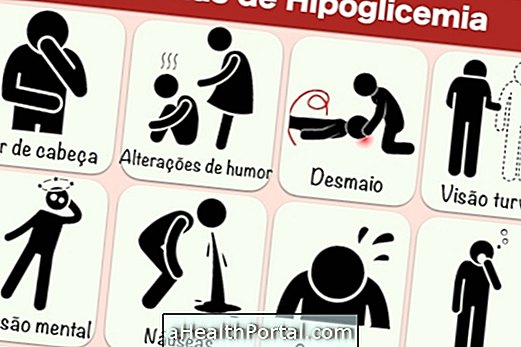
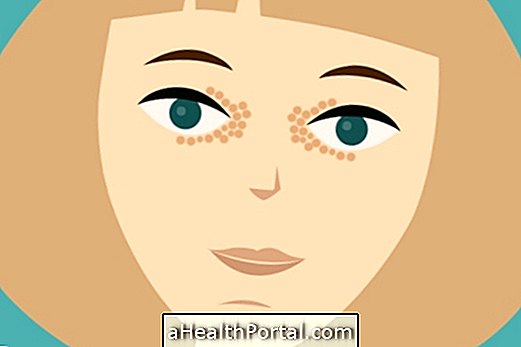











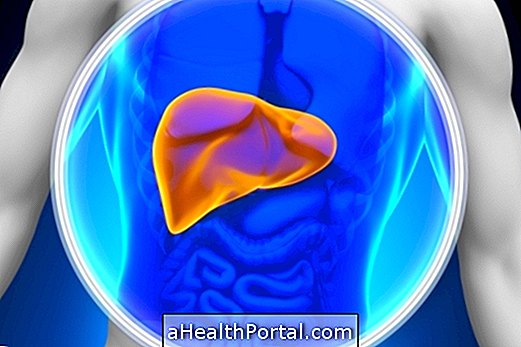

-o-que-so-tipos-e-para-que-servem.jpg)

